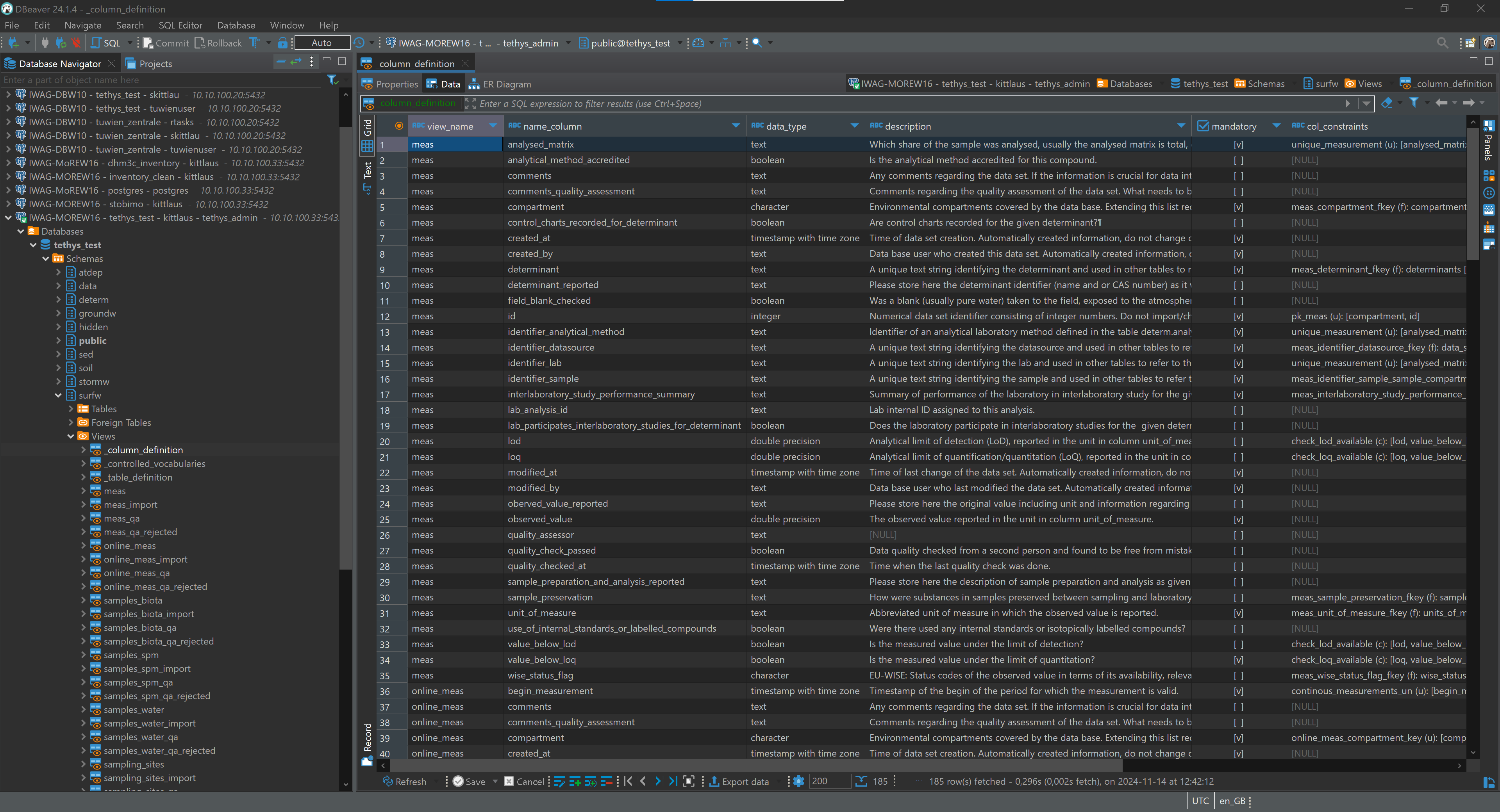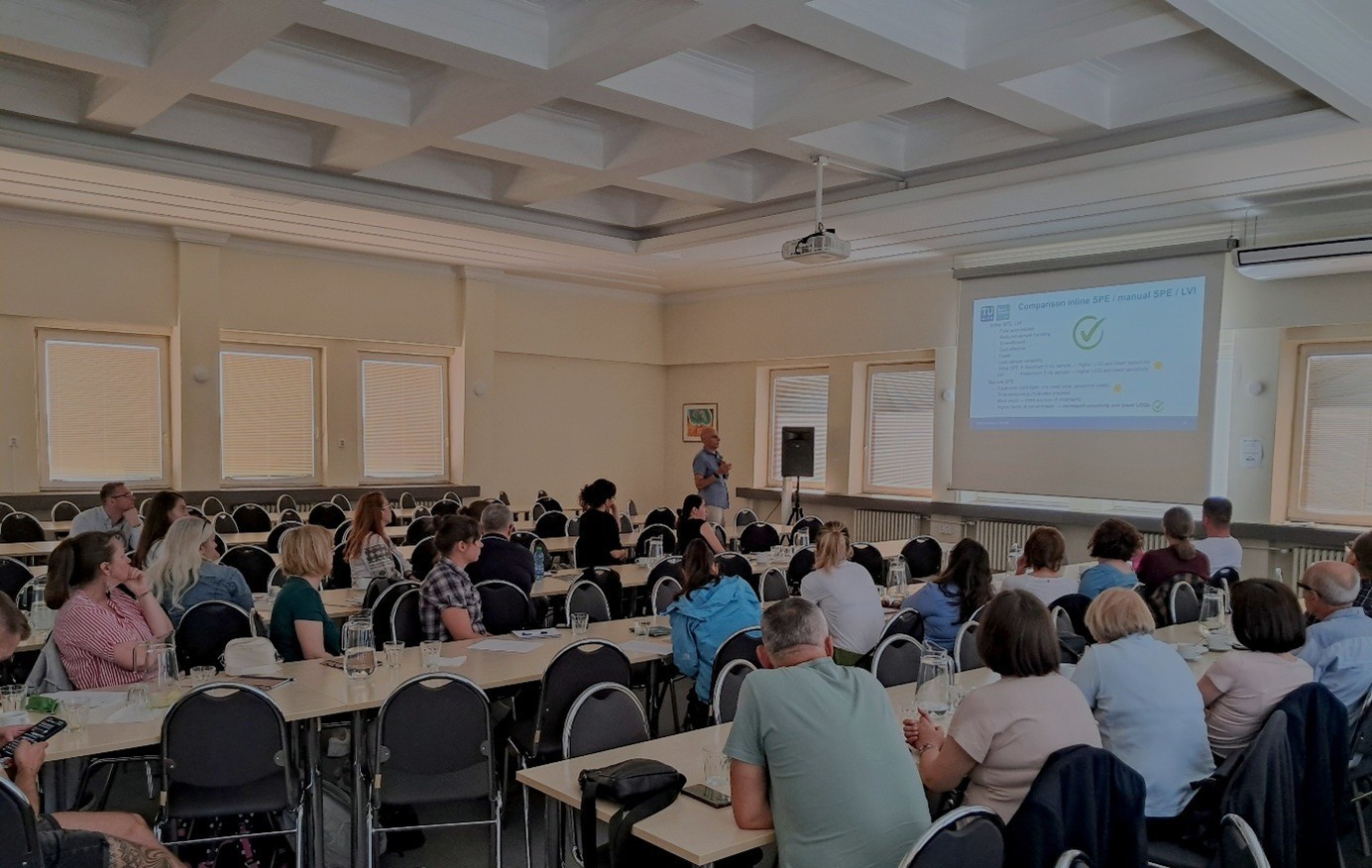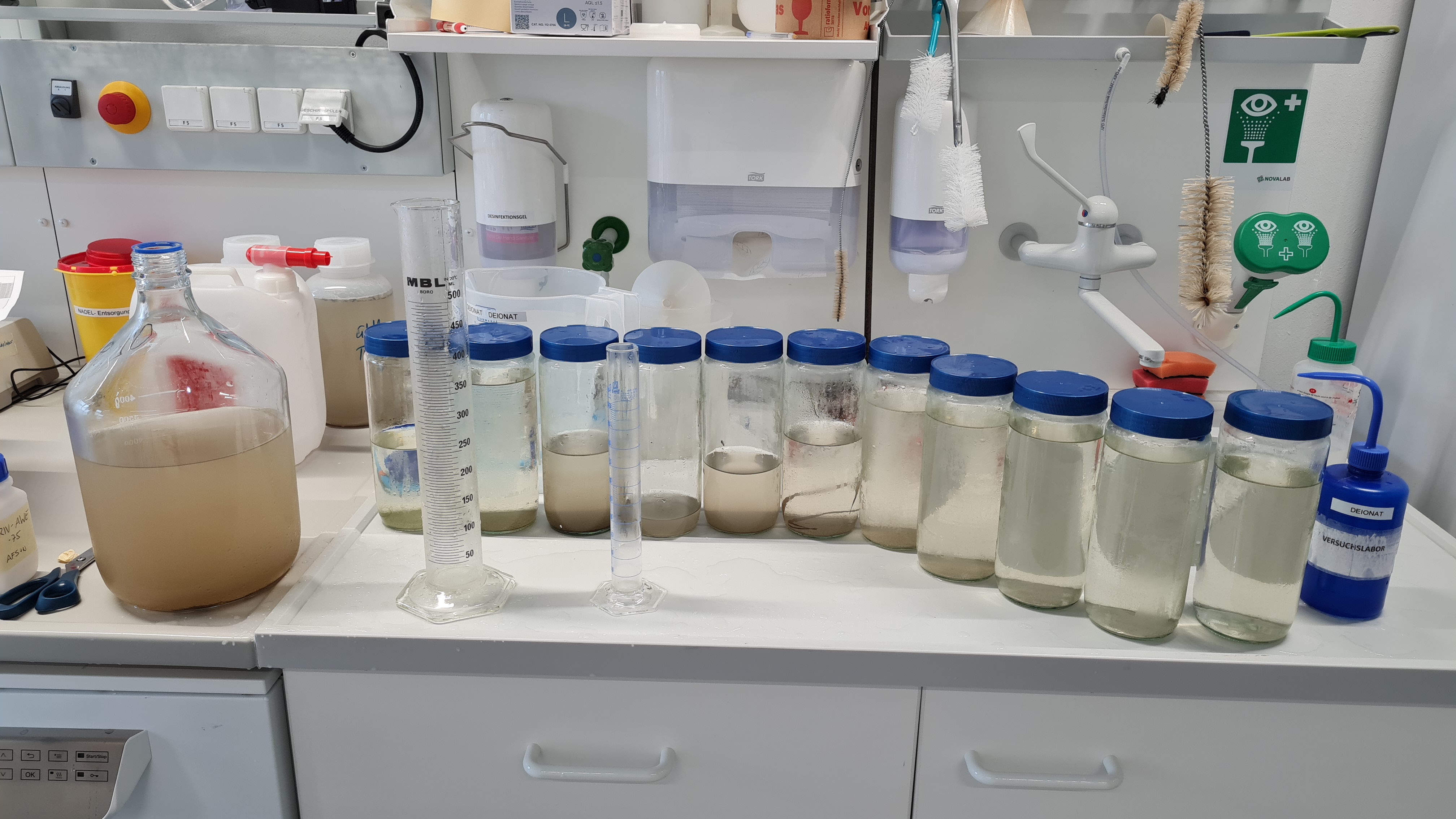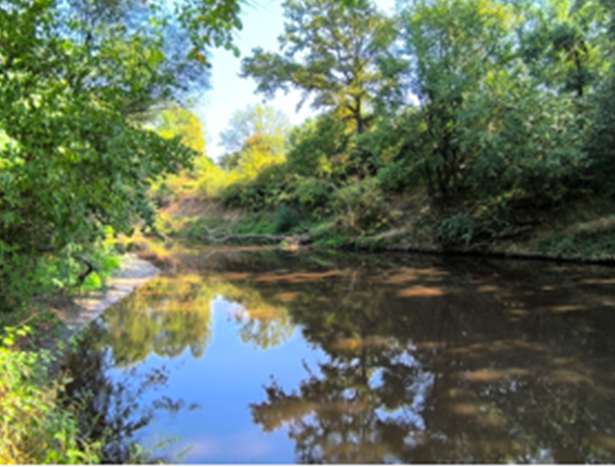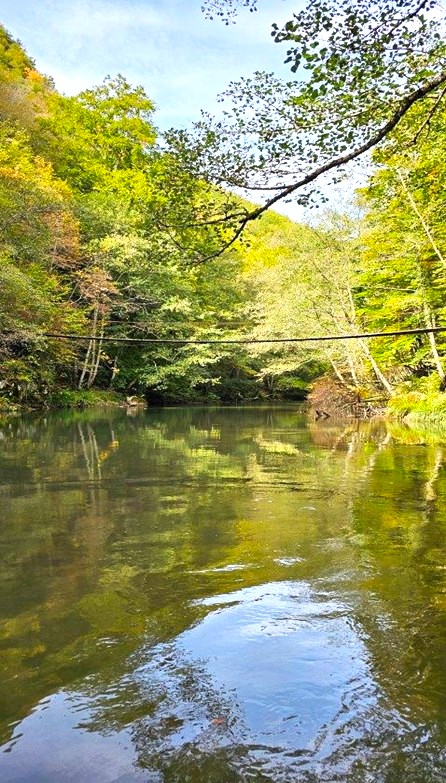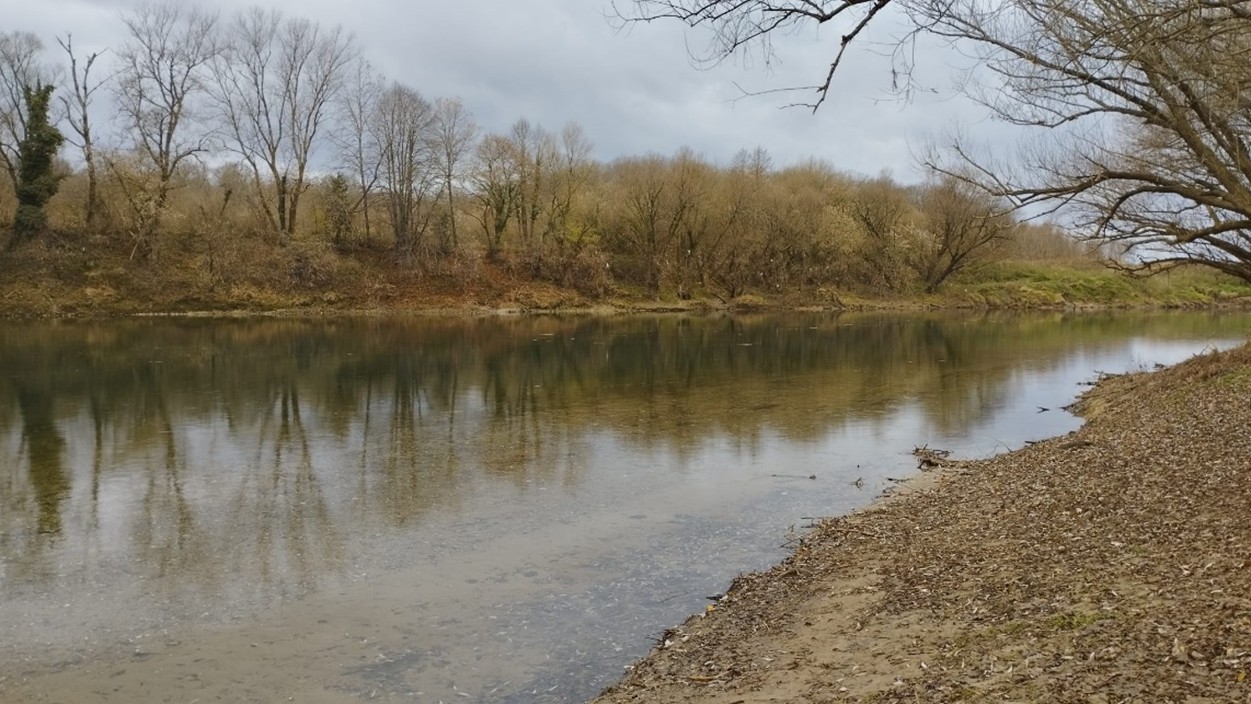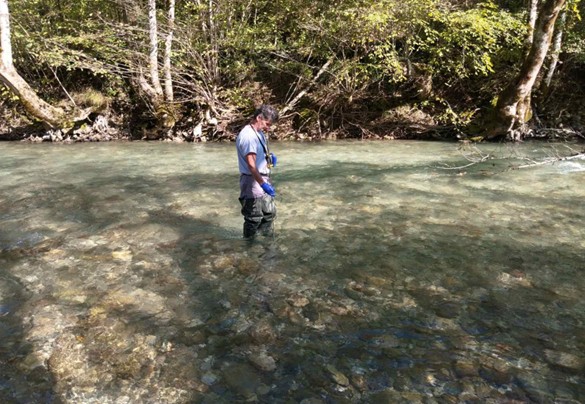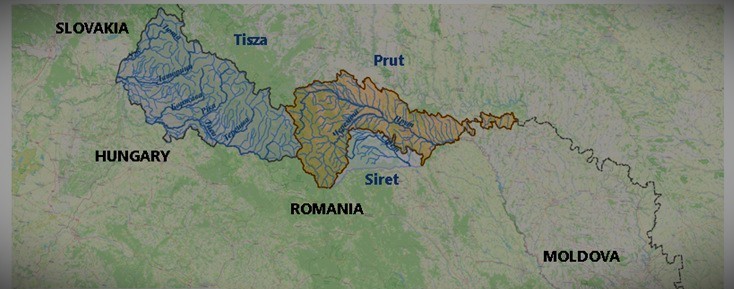TETHYS
The project bears the name of the ancient Greek titan goddess of freshwaters, as it addresses the titanic task awaiting the Danube countries to effectively tackle hazardous substances (HS) water pollution in the context of the ground-breaking EU legislative changes, coupled with emerging external pressures and challenges, among others climate change, energy crisis and market supply shortages.
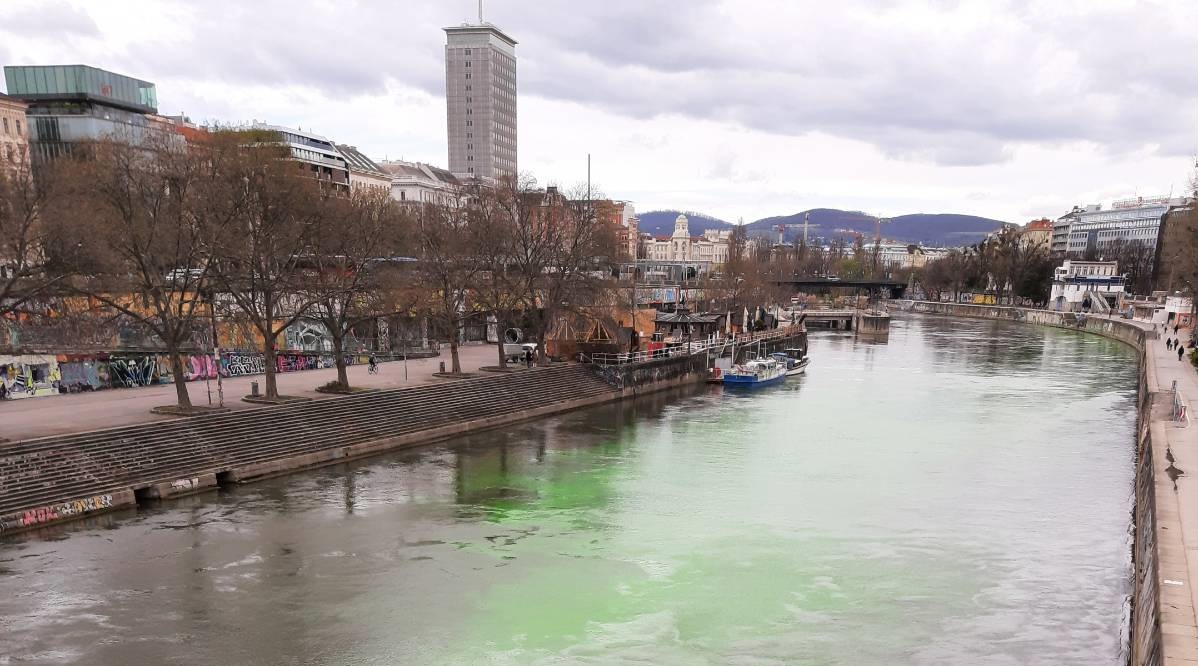
Main goal and approach
Two scales, the national ones for the single Danube River Basin (DRB) countries and the transnational one addressing the DRB as a whole, need to be addressed in parallel. Tethys aims to tackle HS water pollution through a holistic set of activities that will develop, test, and provide to national organizations and to the ICPDR fit-for-purpose, target-oriented and cost-efficient procedures, workflows, and tools.
The developed solutions will be harmonized at DRB scale and at the same time will be adjusted to the national specificities of the Danube countries, with special focus on aligning know-how, methods and tools between EU and non-EU territories. The planned approach will cover all required steps from monitoring and chemical analysis, data management and processing to emission modelling and risk assessment.
By the end of the project, non-EU and EU countries in the DRB will have jointly developed fit-for-purpose strategies to prioritize resources allocated to monitoring and to select the most appropriate techniques and procedures to generate a solid data basis for HS emissions inventories, including specific pathways under-represented so far.
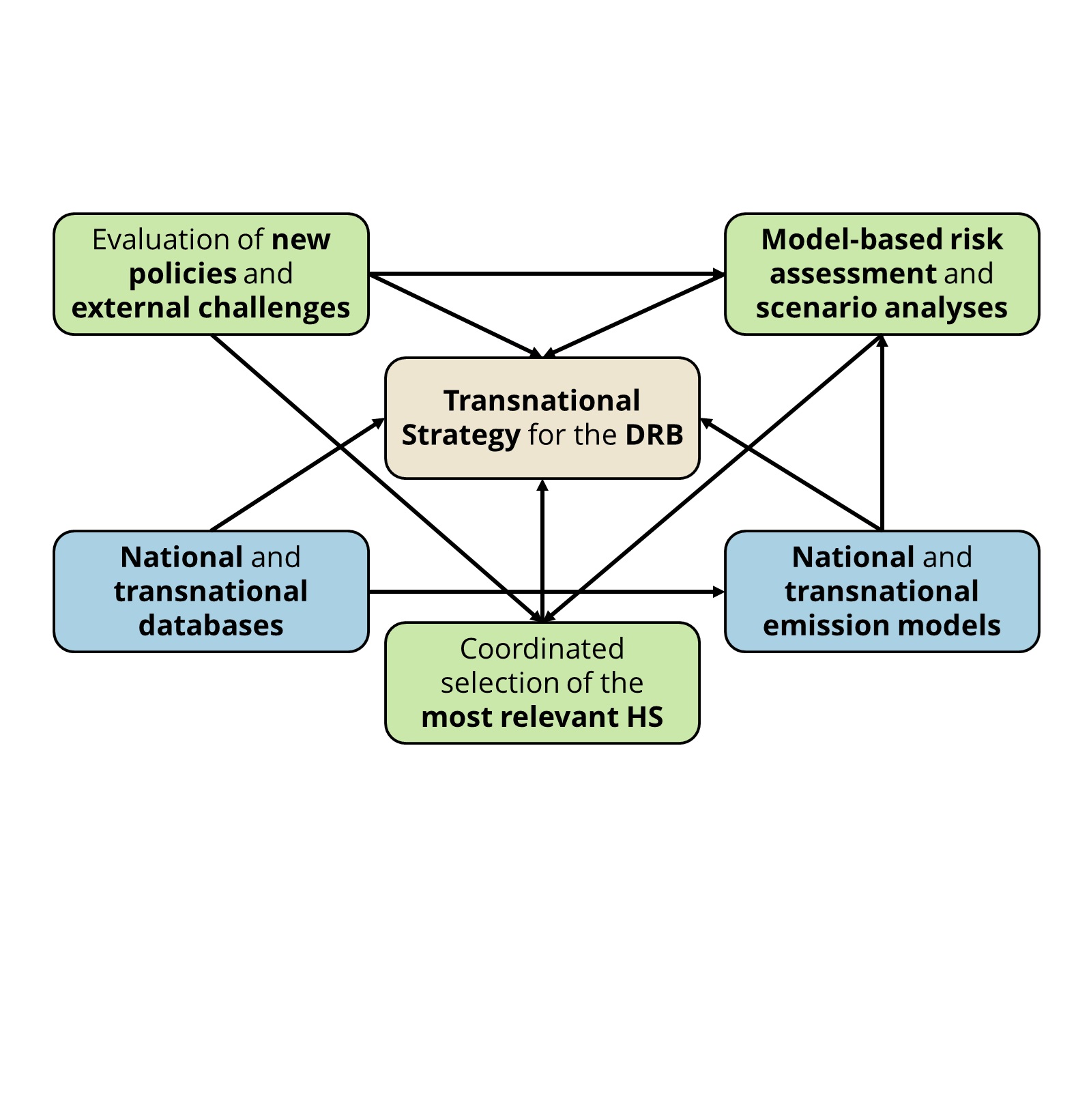
Project added value
Tethys goes far beyond optimizing current monitoring programmes as new substances of emerging concern and regulatory changes regarding their allowed levels in water resources introduce new methodological challenges, very low threshold levels require extremely sensitive chemical analyses, also for those not yet covered in mandatory monitoring programs (e.g. PFAS and pharmaceuticals).
To respond to this challenge, Tethys will merge and transfer available know-how being developed in other scientific projects and institutional initiatives, perform interlaboratory comparisons and jointly develop detailed protocols based on the lessons learned from them.
New hazardous substances databases, coupled with data-processing and pollution assessment packages, as well as comprehensive emission models to support regular update of emission inventories and to properly evaluate, plan and prioritize actions and measures, under consideration of emerging challanges and pressures, will be developed and implemented by the single Danube countries and for the entire DRB.
Tethys will also produce a joint coordinated strategy – to be adopted in the DRBMP 2027 - prioritizing actions for effective, future-oriented control of HS in the Danube River Basin elaborated on a sound evidence base and on newly required risk approaches, for a right response to the new challenges.
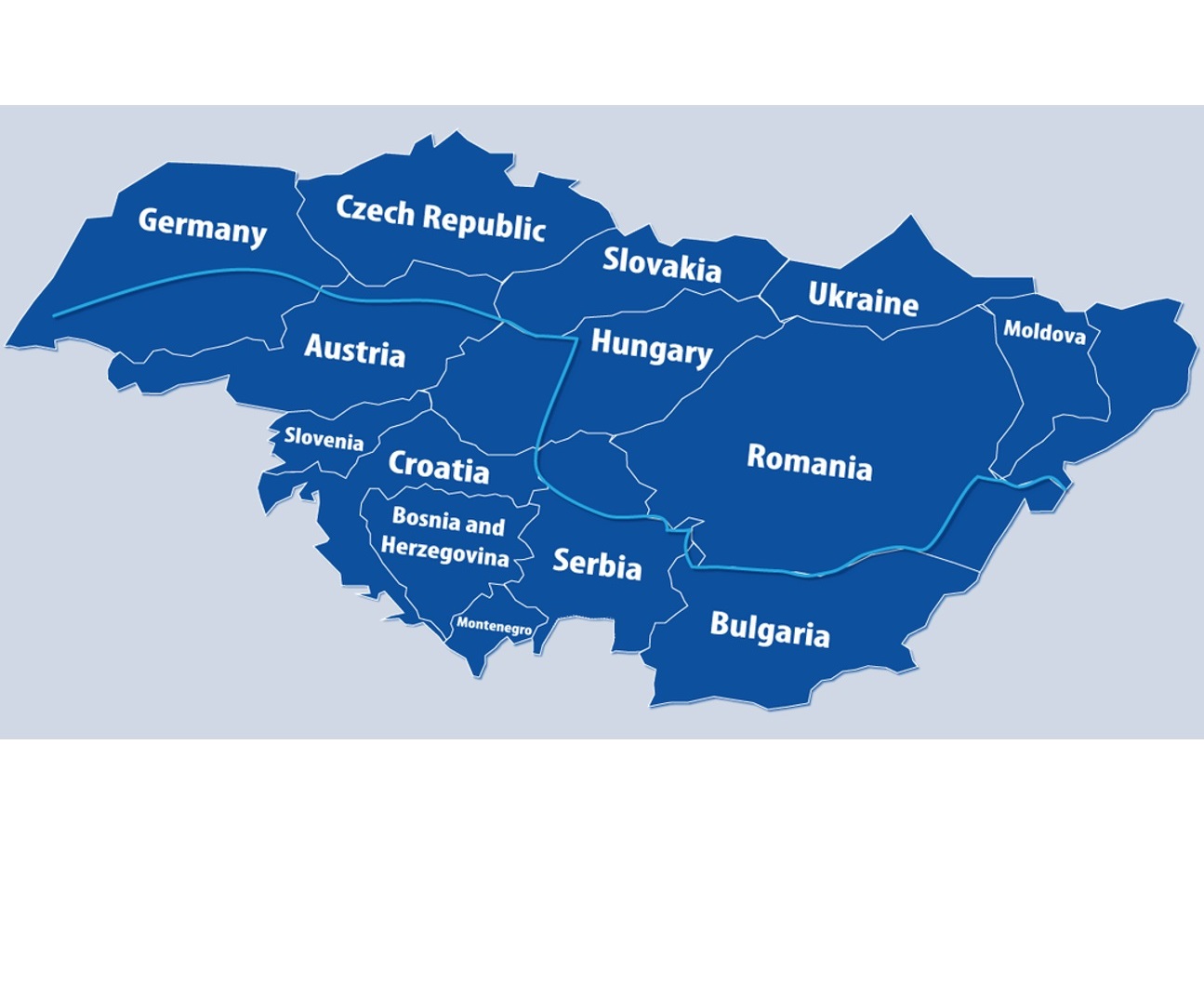
Project team
Project Lead:
- TU Wien, Karlsplatz 13, 1040 Vienna, Austria
Project manager and main contact:
Ottavia Zoboli, Ottavia.Zoboli@tuwien.ac.at
Project Partnes:
- Environment Agency Austria (UBA), Austria
- Budapest University of Technology and Economics (BME), Hungary
- Jozef Stefan Institute (JSI), Slovenia
- Bulgarian Water Association (BWA), Bulgaria
- Jaroslav Černi Water Institute, Serbia
- National Administration „Romanian Waters” (NARW), Romania
- Ukrainian Hydrometeorological Institute State Service on Emergencies and National Academy of Science (UHMI), Ukraine
- Croatian Waters (HV), Croatia
- Public Institution “Vode Srpske” (JUVS), Bosnia and Herzegovina
- Water Research Institute (WRI), Slovakia
- Center for Ecotoxicological Research Podgorica (CETI), Montenegro
- The International Commission for the Protection of the Danube River (ICPDR)
Associate Strategic Partners
The following organisations complement the team forming its Advisory Board:
- State Agency of Water Resources of Ukraine (SAWR), Ukraine
- National Laboratory of Health, Environment and Food (NLZOH), Slovenia
- Environmental Agency, Moldova
- Federal Ministry of Agriculture, Forestry, Regions and Water Management, Germany
- General Directorate of Water Management, Hungary
- Executive Environment Agency (ExEA), Bulgaria
- German Environment Agency, Germany
- Josip Juraj Strossmayer Water Institute, Croatia
- Ministry of the Environment, Czech Republic
- Ministry of Environmental Protection, Serbia
News & Events
Read the most recent updates and explore the upcoming events.
Project overview
Need any help? Contact us!

